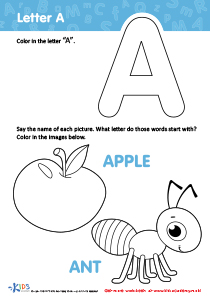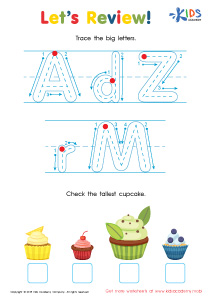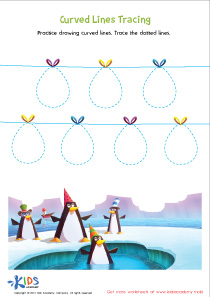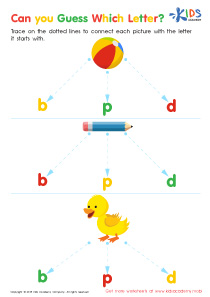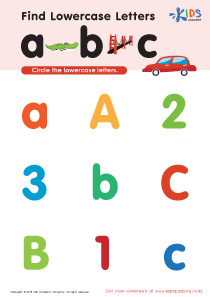Normal Missing Letters Worksheets for Ages 4-6
4 filtered results
-
From - To
Introducing our captivating Normal Missing Letters worksheets, meticulously crafted for young learners aged 4-6! Designed to engage and educate, these worksheets are the perfect tool to enhance your child's alphabet knowledge and spelling skills. Through a series of fun and interactive exercises, children will learn to identify and fill in the missing letters, boosting their literacy skills in an enjoyable way. Ideal for both classroom and at-home learning, our worksheets are an essential resource for building a strong foundation in early reading and writing. Dive into the joy of learning with our Normal Missing Letters worksheets for Ages 4-6, and watch your child's confidence grow letter by letter!
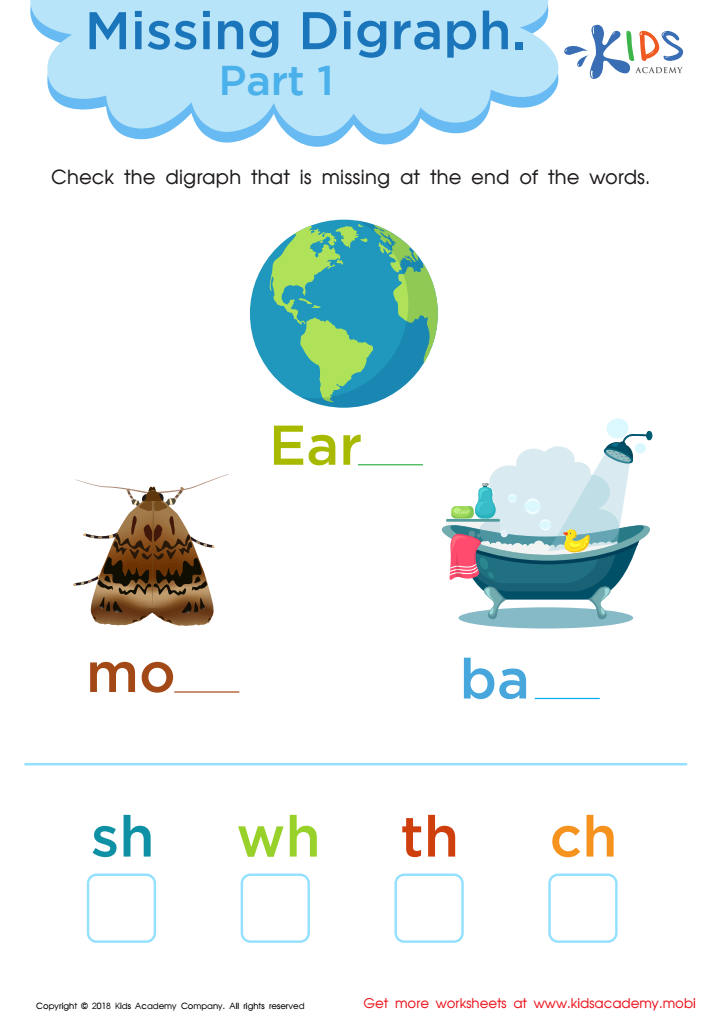

Missing Digraph: Part 1 Worksheet
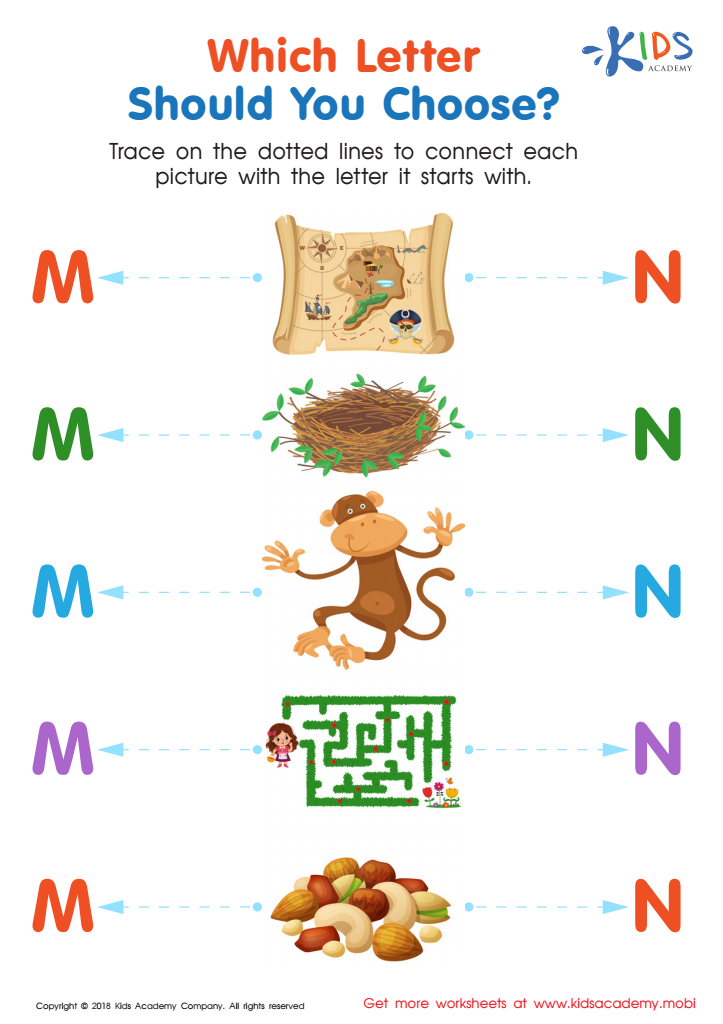

Which Letter Should you Choose? Worksheet
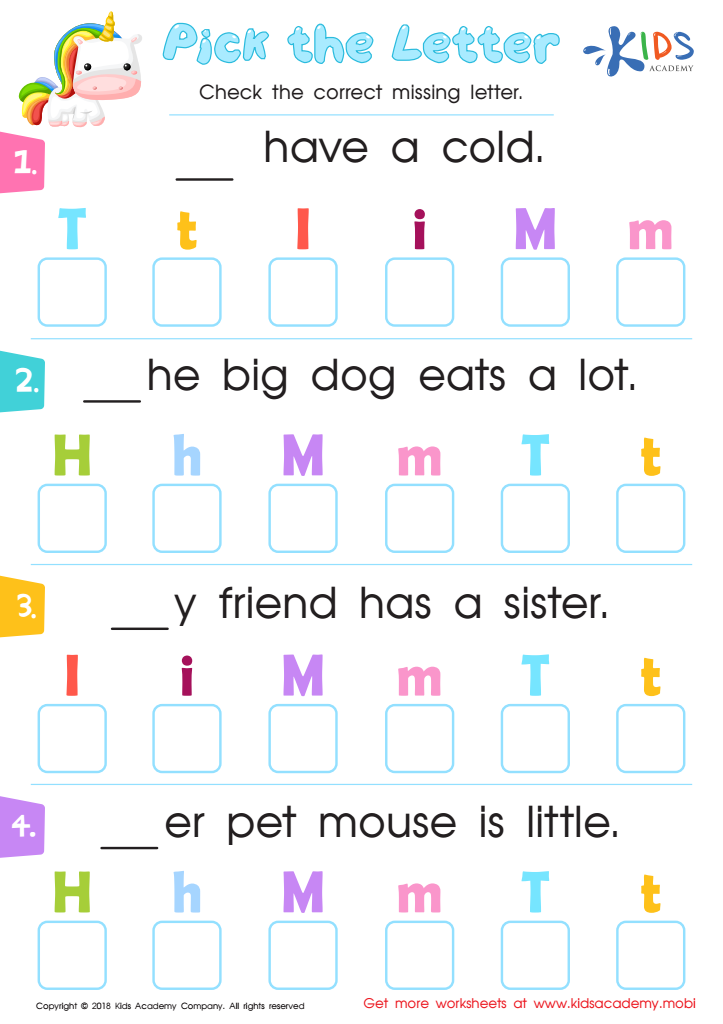

Pick the Letter Worksheet
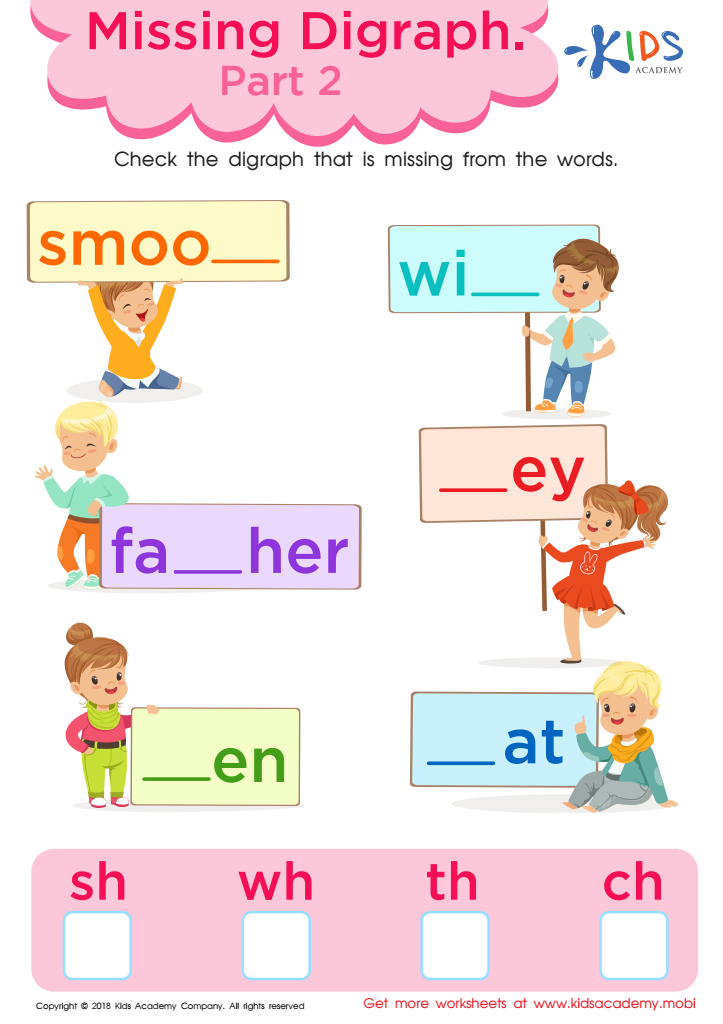

Missing Digraph: Part 2 Worksheet
Normal Missing Letters worksheets for Ages 4-6 serve as an invaluable tool in early childhood education, specifically targeting the development of literacy and language skills. At this critical learning phase, children are just beginning to grasp the fundamentals of reading and writing, making it the perfect time to introduce exercises that challenge them in a fun and engaging way.
These worksheets are meticulously designed to cater to young learners, offering a straightforward yet effective method for reinforcing the alphabet. By identifying missing letters in words, children not only learn to recognize each letter visually but also understand its place and significance within words. This activity enhances their ability to decode and spell words, laying a strong foundation for reading fluency.
Moreover, Normal Missing Letters worksheets for Ages 4-6 encourage cognitive skills such as problem-solving and critical thinking. As children ponder which letter is missing, they engage in analytical thinking, improving their overall cognitive abilities. Additionally, these worksheets foster independence and confidence in young learners as they successfully complete each task, boosting their motivation to engage in further learning activities.
Furthermore, these worksheets are perfect for both classroom use and home practice, providing flexibility for educators and parents alike. They serve as an excellent supplement to daily reading routines, making learning both effective and enjoyable for children. Through consistent practice, children not only enhance their literacy skills but also develop a lifelong love for reading and learning.
 Assign to the classroom
Assign to the classroom

